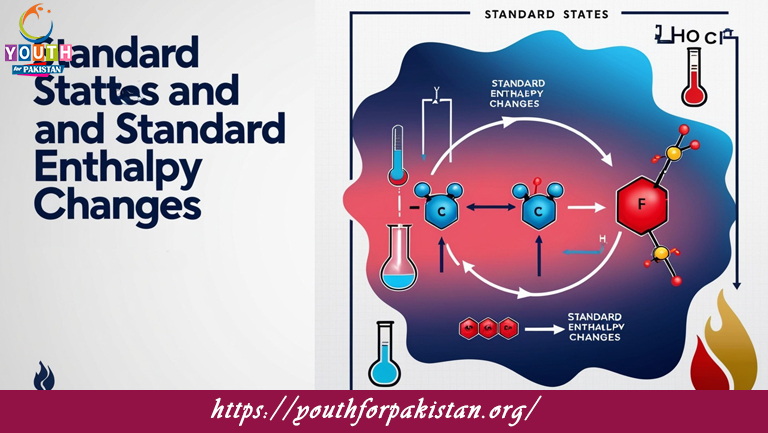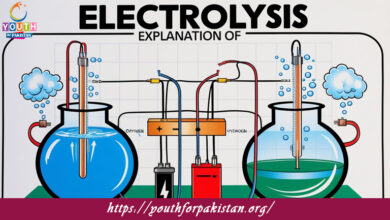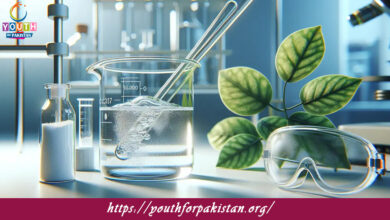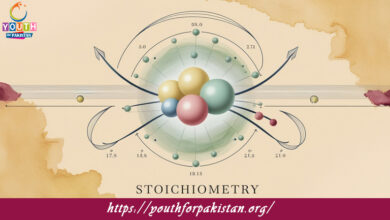Standard States And Standard Enthalpy Changes MDCAT Quiz

Standard States And Standard Enthalpy Changes MDCAT Quiz: MDCAT students need to understand the energy changes accompanying chemical reactions. These concepts enable one to calculate the enthalpy changes of reactions under standard conditions—something often used in MDCAT Quiz questions on heat transfer and reaction energetics.
Understanding Standard States
A standard state is the most stable form of a substance at a given temperature, usually 298 K, and pressure, 1 atm. For instance, oxygen in its standard state is O₂ gas, and water in its standard state is liquid at 298 K and 1 atm. Standard states are important in the comparison of enthalpies between different substances because they provide a common reference point. In thermodynamics, standard conditions are defined to simplify the calculation of thermodynamic properties, especially useful in calculating standard enthalpy changes (ΔH°).
Standard Enthalpy Change (ΔH°)
The standard enthalpy change (ΔH°) is the heat change that takes place when one mole of a substance undergoes a reaction in standard conditions—298 K and 1 atm pressure. It is a key quantity for predicting the heat released or absorbed during chemical reactions.
For exothermic reactions, ΔH° is negative, meaning that heat is released to the surroundings.
For endothermic reactions, ΔH° is positive, so this indicates that heat is absorbed from the surroundings.
You get standard changes in enthalpy from MDCAT Quiz items when you need to calculate an overall enthalpy change using Hess’s Law, or where you have given standard enthalpy values of reactants and products. Use free flashcard tools in an attempt to remember the standard enthalpy values of common reactions and substances.
Mastering standard states and standard enthalpy changes is critical to the performance of MDCAT students in the thermodynamics section. Using MDCAT Quiz and Free Flashcard resources, you will be able to strengthen your understanding of enthalpy changes and be able to apply this knowledge in solving related problems in the exam.

The standard enthalpy change of a reaction is the enthalpy change when __________.
the reaction occurs under standard conditions

The standard enthalpy change of formation is __________ for elemental oxygen in its standard state.
zero

The standard enthalpy of formation of any compound is defined as the enthalpy change when __________.
1 mole of compound is formed from elements in their standard states

For the standard enthalpy of reaction, the reactants and products must be in their __________.
standard states

The enthalpy change for the combustion of one mole of a substance in standard conditions is called __________.
standard enthalpy of combustion

The standard enthalpy change of formation for a compound in the gas phase is __________ compared to its liquid phase.
higher

The standard enthalpy change for a reaction is usually determined by measuring __________.
temperature changes

The standard enthalpy of formation of a compound is __________ if the compound is formed from elements in their standard states.
zero

When calculating standard enthalpy changes, the substances must be in their __________.
standard states

The enthalpy change for the formation of a compound is __________.
calculated by subtracting the enthalpies of products from reactants

The standard enthalpy change of formation for a compound is __________.
zero if the compound is in its elemental form

The enthalpy change of a reaction is __________ for a process occurring at constant pressure.
equal to the heat added or released
Experience the real exam environment with our expertly designed collection of over 25,000 MCQs MDCAT Mock Tests.





